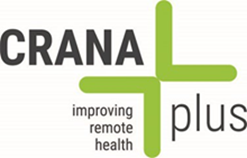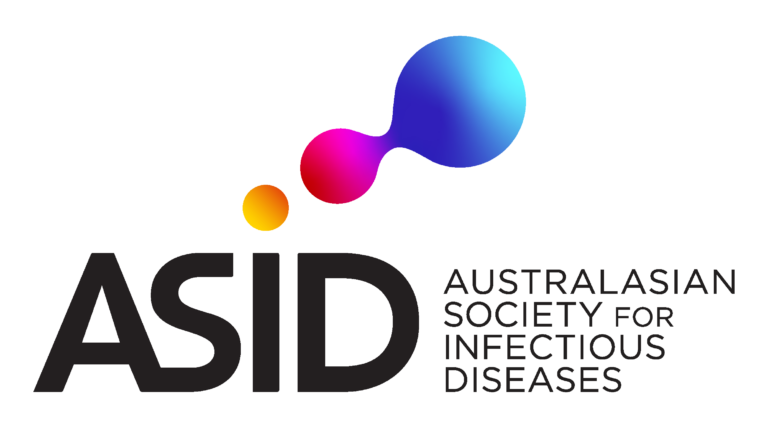The Australian Clinical Guidelines on HTLV-1 for Aboriginal Primary Health Care Settings (the Guidelines) are a comprehensive, culturally safe and evidence-based guide to the prevention, testing, diagnosis, management and care of Human T-lymphotropic virus subtype 1 (HTLV-1).
These Guidelines were developed by the National Aboriginal Community Controlled Health Organisation (NACCHO), in partnership with the Australasian Society for HIV, Viral Hepatitis and Sexual Health Medicine (ASHM) in response to community calls for action on HTLV-1. A governance group including NACCHO affiliates and ACCHO representatives and other experts provided oversight to the development of the Guidelines.
While for many years the high prevalence of HTLV-1 in Central Australia has been known, these are the first Guidelines to be developed for primary health care services. These Guidelines are the result of advocacy from the ACCHO sector following a series of workshops, including a 2018 Collaborative Forum hosted by the Australian Government Department of Health and Aged Care. The forum recommended the development of clinical guidelines to promote a coordinated approach to HTLV-1 in Australia.
These guidelines have been developed to support healthcare providers working in primary health care serving Aboriginal communities with advice for HTLV-1 testing, screening and management. This may include Aboriginal Health Workers and Practitioners, midwives, nurses and general practitioners.
The purpose of the guidelines is to promote a coordinated, evidence-based, best-practice approach to prevention, testing and diagnosis, and clinical management for HTLV-1 in Australia.
HTLV-1 occurs in clusters around the world and has been present in Australia for thousands of years. The prevalence of HTLV-1 across Australia varies, and consistent research has demonstrated high rates of HTLV-1 in some Aboriginal Communities in Central Australia. There is also some evidence that there is high prevalence in other areas including the Barkly and Katherine regions of the Northern Territory.
These guidelines cover considerations for HTLV-1 for Aboriginal communities in the Central Australia, Barkly, and Katherine regions. They focus on epidemiology, prevention strategies, screening and diagnosis, and clinical management for HTLV-1. The guidelines also cover advice for people who are pregnant, or planning a pregnancy, as well as advice on breastfeeding, with the aim of minimising maternal-infant transmission.
The Guidelines do not include information on the specialist management of HTLV-1 associated diseases such as Adult T-cell leukaemia/lymphoma (ATLL) and HTLV-1 associated acute myelopathy / tropical spastic paraparesis (HAM/TSP) as the management of these conditions should be determined and led by specialist services.
These Guidelines do not include information on the prevention, testing or care of HTLV-1 among other population groups.
In 2023 NACCHO established the HTLV-1 Clinical Guidelines Working Group, with membership including representatives from government and ACCHO sectors across NT, WA and South Australia, and expertise in general practice, obstetrics, public health, midwifery and Aboriginal health.
These Guidelines have been informed by a literature review that was undertaken in2024 , translations of international HTLV-1 guidelines and interviews with subject matter experts. The WHO evidence-to-decision framework was used to synthesise available evidence with ethical and contextual considerations; the quality and strength of the evidence was assessed for each recommendation. All evidence-to-decision frameworks and guideline sections were initially reviewed by the clinical guideline writing group (comprising three clinical guideline writers, the Working Group co-chair and ASHM representative) prior to review by the broader Clinical Guidelines Working Group, which served as a guideline panel.
Key stakeholders were invited to review documents as identified by the Working Group, including other Central Australian primary health care services and specialist services.
The Guidelines are up to date as of March 2025. The Guidelines will be reviewed and updated annually.
These guidelines have been endorsed by the National Aboriginal and Torres Strait Islander Health Protection (NATSIHP) subcommittee of the Australian Health Protection Committee (AHPC).
These guidelines have been endorsed by the Blood Borne Viruses and Sexually Transmissible Infections Standing Committee (BBVSS).
These guidelines have also been endorsed by the following organisations




NACCHO, acknowledges the Traditional Owners of this land which continues to be under their ongoing custodianship. We pay our respect to Elders past, present and emerging.
Developed by:
The National Aboriginal Community Controlled Health Organisation (NACCHO) ABN 89 078 949 710 and ASHM Health ABN 48 264 545 457 | CFN 17788
Funded by:
The Australian Government Department of Health and Aged Care
Disclaimer:
Whilst the Australian Department of Health and Aged Care provides financial assistance to NACCHO, the material contained in this resource produced by NACCHO and ASHM should not be taken to represent the views of the Australian Department of Health and Aged Care. The content of this resource is the responsibility of NACCHO and ASHM. www.naccho.org.au - www.ashm.org.au
NACCHO © 1992 - 2024
Funded by the Australian Government
Members of the Coalition of Peaks